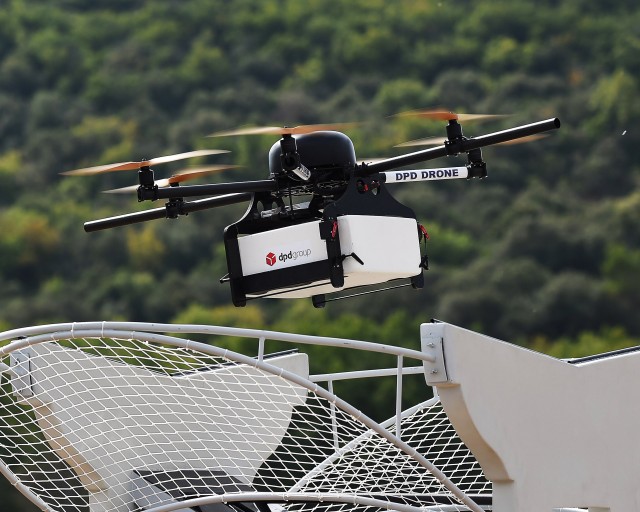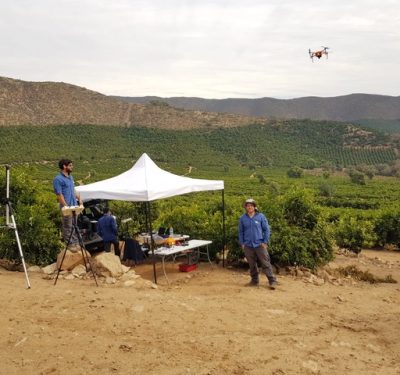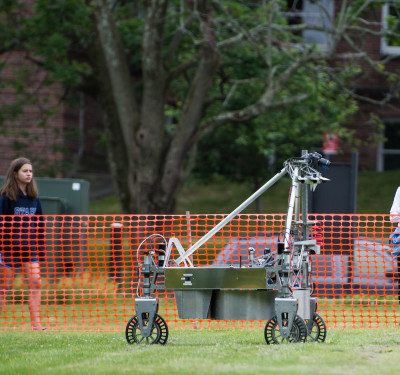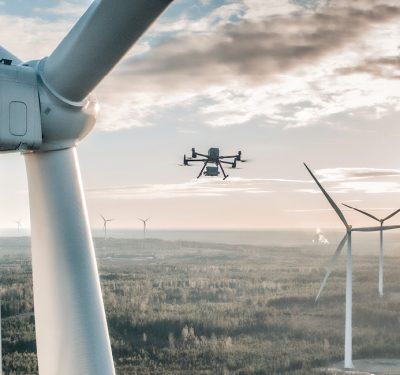
A French Geopost drone hovers during a Sept. 28 presentation showing a prototype package delivery system in action in Pourrieres, France.
Moving goods from one place to another isn’t always as simple as it sounds. Intricate supply chains are often needed to coordinate transit across different countries, incorporating various modes of transportation. Every so often, new technologies come along that revolutionize how we send goods to other places. In the 20th century, it was the advent of container shipping; in the 21st century, it was the rise of a global marketplace made possible by the Internet, which changed shopping behaviors in the developed world and increased the demand for rapid delivery.
Now, as existing infrastructure struggles to keep up with the rising congestion that comes with growing demand, new technological developments are on the horizon that could help relieve some of that burden and improve the efficiency of global supply chains. Within the next five years, drones could become widely used to help transport goods. But rapid advancement and keen industry interest aside, the realities of regulation and technological constraints will limit the role of drones in delivering goods to customers in the United States, at least in the short term.






